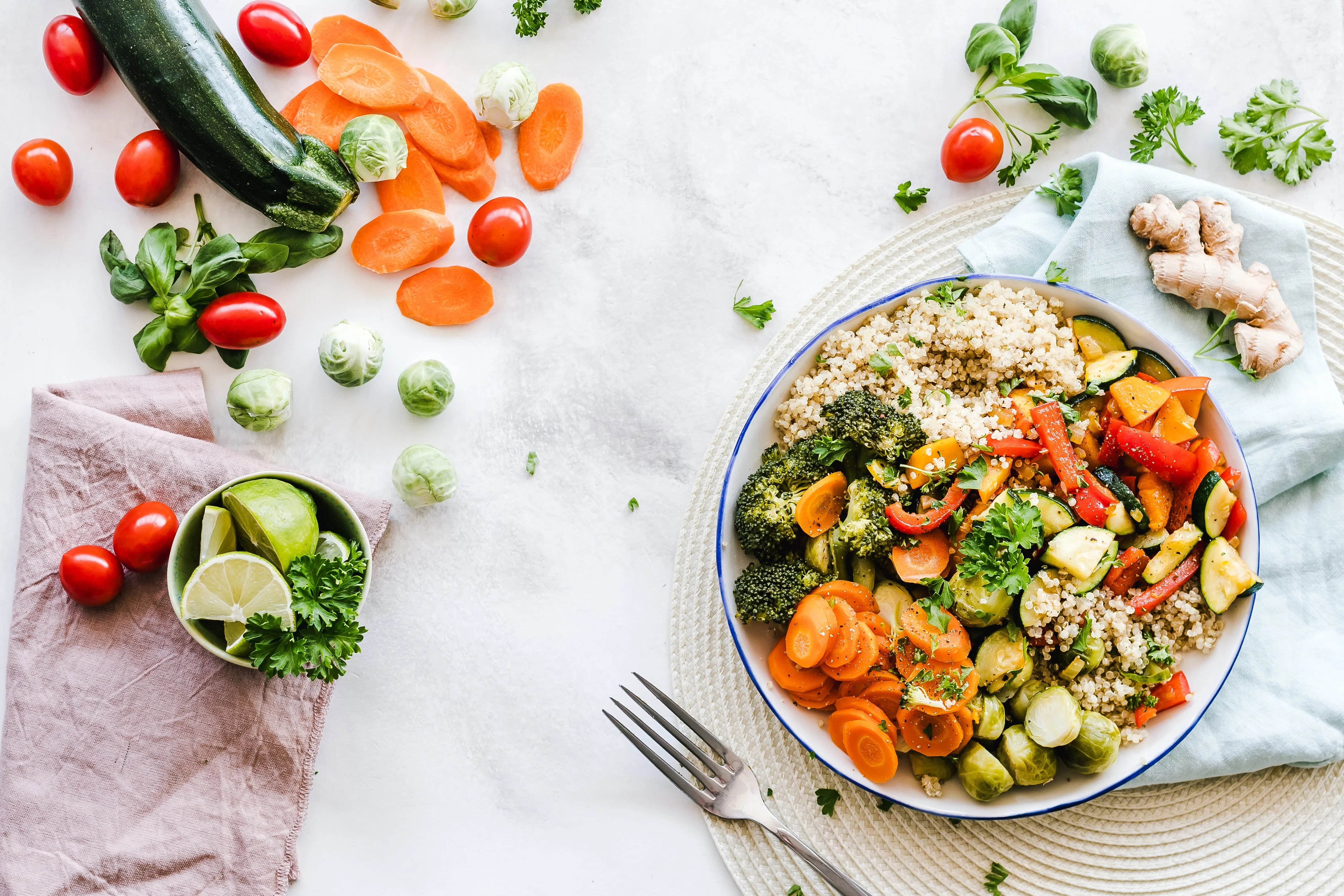In reality, you have a lot of options. The truth is, you might already be doing it. This is because many of the best strategies for reducing inflammation are also things you should already be doing.
The three main strategies for battling chronic inflammation are prevention, detection, and treatment.
There are 6 ways to stop unhealthful inflammation.:
Regular exercise.

Keep a healthy weight.
We all know that exercise is good for us, for both our physical and mental wellbeing, but it can come with a painful side-effect: muscle soreness.
Fortunately, we don't have to hobble around in agony for days after a workout, as there are things we can do to reduce soreness and we will list these below.
Of course, if pain persists after trying one or some of the following ideas, be sure to see your doctor.
#1: Stay hydrated
You should stay hydrated during a workout to prevent dehydration and to keep your energy levels up, and you should hydrate after your workout too. The fluids that pass through your system ease inflammation and deliver nutrients to your muscles to aid with recovery, so remember to top yourself up with water at regular intervals.
#2: Have something to eat after your workout
When you feed your muscles the nutrients they need to repair and become stronger, you will quicken the recovery process. You need a healthy balance of protein, carbs, and fat to aid your recovery, so consider this when preparing your post-workout snacks.
For protein, consider:
Protein shakes
Eggs
Cottage cheese
Protein bars
Chicken
For carbs, consider:
Chocolate milk
Oatmeal
Whole grain bread
Rice cakes
Berries
For fat, consider:
Avocado
Nuts
Trail mix (dried fruits and nuts)
Full fat yoghurt
#3: Keep moving
You shouldn't exert your body when you're feeling sore, of course. However, it's still acceptable to do some light exercises, providing you aren't in a great deal of pain after your workout.
A slow walk or some light stretching can get the blood pumping through your body and this will get the nutrients needed for your recovery through your body that bit faster.

Why do people love wearing Ankara?

All of us need to sleep, but children especially need to sleep. Children who don't get enough good sleep are more likely to experience learning difficulties, behavioural issues, and health problems.
Here are a few easy steps you can take to ensure that your child gets the rest they require.
Have a schedule for
Our bodies function best when we go to bed and wake up at around the same time each day.
Eight to ten hours of sleep is required for teens and children. Count back 10 hours from the time your child is supposed to wake up in the morning. They should be getting ready for bed around that time (for younger children, count back 11 hours).
For instance, if your teen must get up at 7, they should be dressed and in bed by 9 p.m. (since most of us don't fall asleep as soon as our head strikes the pillow). By around age 8, a younger child should begin getting ready (showering, etc.).
We are led to assume by advertisements that vaginal probiotics, like douches, will somehow improve our health or make us feel "cleaner." Some ads say that these products help prevent or treat things like yeast infections, bacterial vaginosis, and urinary tract infections.
Women screened early are less likely to develop colorectal cancer.
A new study shows that women who start testing for colorectal cancer at 45 are much less likely to get the disease than those who don't test or who start testing at 50. The study's results, which were published online by JAMA Oncology on May 5, 2022, back up new national guidelines that say colorectal screening should start at age 45 instead of 50. This is because the number of young adults with colorectal cancer has gone up by 50% over the past 50 years.
The study, directed by Harvard researchers, analyzed 111,801 women (average age: 36) from the Nurses' Health Study II who were followed from 1991 to 2017. Every two years, participants reported whether or not they had undergone a colonoscopy or sigmoidoscopy, examinations that use a flexible tube and a camera to examine the colon and rectum. The tests allow doctors to find cancers early on and remove polyps that could turn into cancer.












